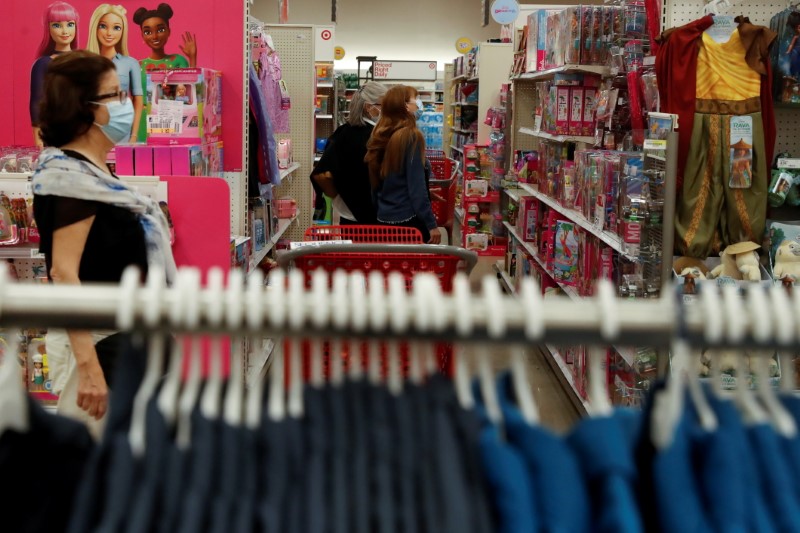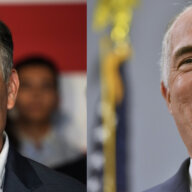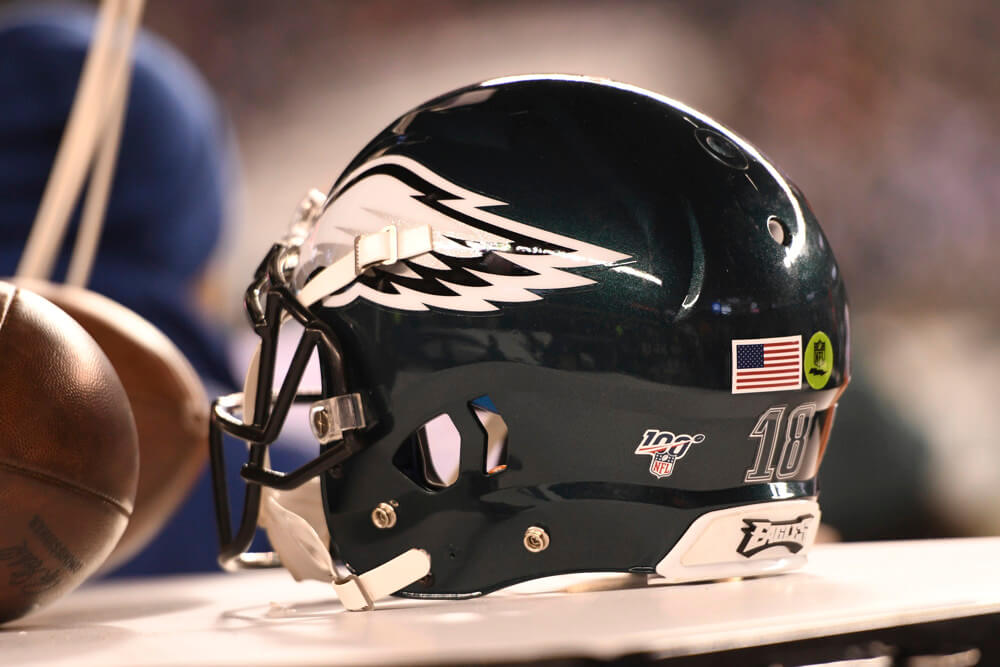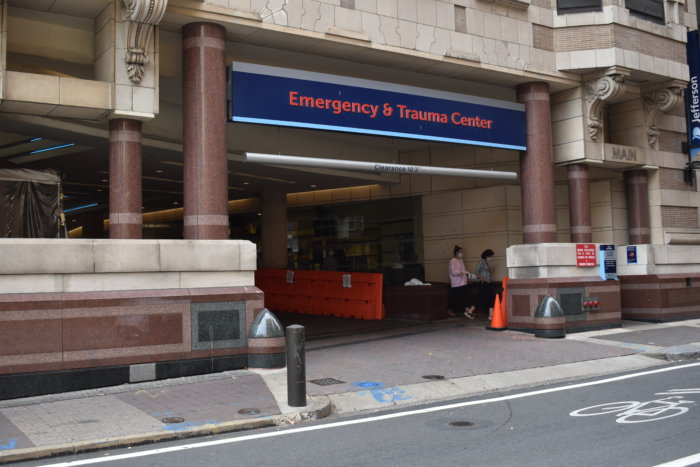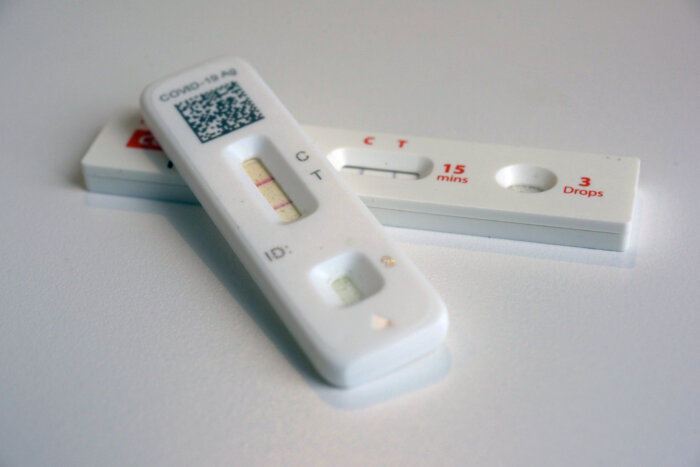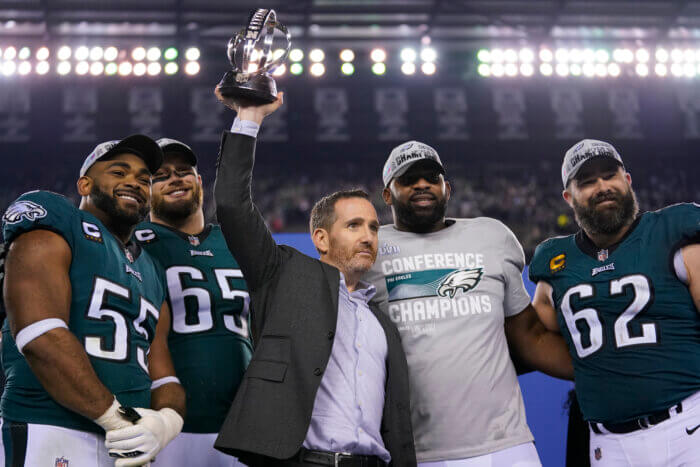U.S. retail sales fell more than expected in May, with spending rotating back to services from goods as vaccinations allow Americans to travel and engage in other activities that had been restricted by the COVID-19 pandemic.
Retail sales dropped 1.3% last month, the Commerce Department said on Tuesday. Data for April was revised higher to show sales increasing 0.9% instead of being unchanged as previously reported. Economists polled by Reuters had forecast retail sales declining 0.8%.
During the pandemic, demand shifted to goods like electronics and motor vehicles as millions of people worked from home, switched to online classes and avoided public transportation.
Now more than half of American adults have been fully vaccinated, boosting demand for air travel, hotel accommodation, dining out and entertainment among other activities. Vaccinations, trillions of dollars from the government and record-low interest rates are fueling demand.
“The reopening of the economy is likely to mean that some discretionary spending on services will start to compete with purchases of goods, which dominate the retail sales report,” said Lou Crandall, chief economist at Wrightson ICAP in Jersey City. “Total retail sales are far above the pre-pandemic trend.”
Restaurants and bars are the only services category included in the retail sales report.
May’s decline in retail sales was also due to a drop in receipts at auto dealerships. This reflected tight motor vehicles supply as a global semiconductor shortage hampers motor vehicle production.
Excluding automobiles, gasoline, building materials and food services, retail sales fell 0.7% last month after a revised 0.4% decrease in April. These so-called core retail sales correspond most closely with the consumer spending component of gross domestic product. They were previously estimated to have dropped 1.5% in April.
Retail sales account for the goods component of consumer spending, with services such as healthcare, education, travel and hotel accommodation making up the other portion.
STRONG CONSUMPTION
Goods account for about 41% of consumer spending, with services making up the rest. As such, consumer spending likely remained robust in the second quarter, powering economic growth.
Although income from stimulus checks are ebbing, consumers have amassed at least $2.3 trillion in excess savings during the pandemic, which is expected to drive spending this year and beyond.
Consumer spending, which accounts for more than two-thirds of U.S. economic activity, grew at a 11.3% annualized rate in the first quarter. Another quarter of strong growth is anticipated, and most economists are forecasting double-digit GDP growth in the second quarter.
But robust demand is outpacing supply, stoking inflation. In a separate report on Tuesday, the Labor Department said its producer price index for final demand increased 0.8% last month after rising 0.6% in April. In the 12 months through May, the PPI accelerated 6.6%. That followed a 6.2% advance in April.
Economists had forecast the PPI rising 0.6% in May and increasing 6.3% on a year-on-year basis.
The report followed news last week that consumer prices rose solidly in May, leading to the biggest annual increase in inflation in nearly 13 years.
Federal Reserve Chair Jerome Powell has repeatedly stated that higher inflation will be transitory, an assertion supported by most economists. The jump in inflation is largely attributed to the reopening of the economy, leading prices to rise back to normal levels in areas hardest hit by the virus, as well as the dropping of last spring’s weak readings from the calculation.
U.S. central bank officials are due to start a two-day policy meeting on Tuesday. The Fed is expected to keep its overnight benchmark interest rate near zero. It is pumping money into the economy through bond purchases. Economists will, however, be keen to see if the Fed opens discussion about when and how it will withdraw some of the support to economy.
“We expect Chair Powell will indicate that the Committee talked about tapering but that it believes the economy is still far from meeting the ‘substantial further progress’ test to actually begin tapering,” said Michael Feroli, chief U.S. economist at JPMorgan in New York.
Reuters



